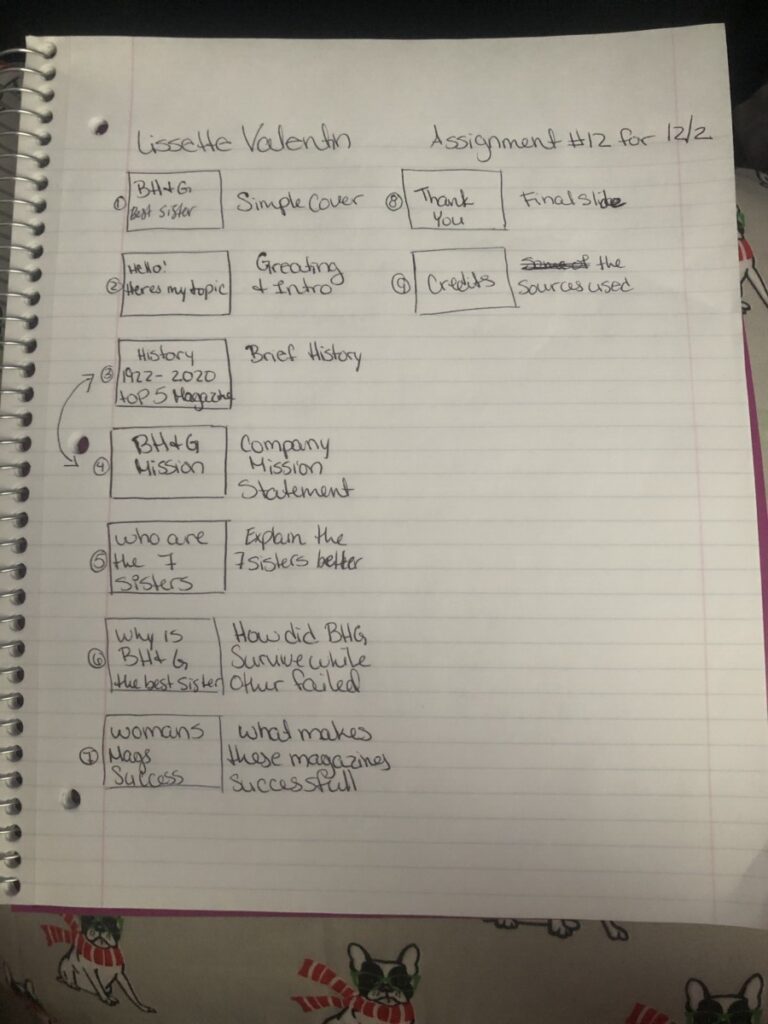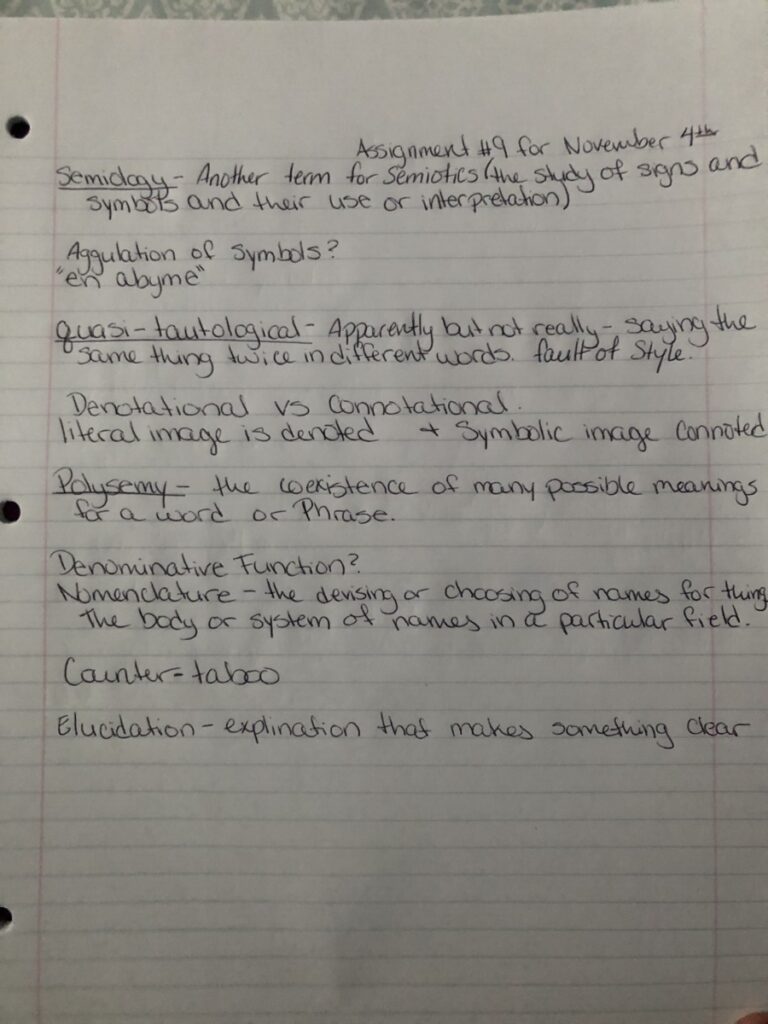Author: Lissette M Valentin

Gropius believes that the academies provided practical training that never advanced enough. He thought the academy or education should show manual dexterity and thorough knowledge of necessary foundation. Gropius said that’s art depends on the talent of the creator and talent cannot be taught or learned. Art of the 19th century were detached from life, art of the future could be expressed physically, intellectually and spiritually simultaneously.
According to Moholy-Nagy, the typophoto is the new strategy of the future. It incorporates the best of typography and photography into one design. Typographic designs are too linear according to Moholy-Nagy making typophoto optically different. Typophoto is a makeshift link between the content being communicated and the person who receives it. It is able to give more information in a single design than typography or photography alone. He also mentions the future having the invention of the photographic typesetting machine, which one can say can be a smart phone that has emojis in the keyboard. Today people use emojis regularly in their text conversations with friends which can sometimes give a better understanding of the message.
Herbert Bayer believed that typography is conditioned by the message it visualizes and that it is not a form of self-expression. He believed that type couldn’t be part of a trend because it can’t be created and changed easily and frequently like fashion can change. He mentions redesigning the alphabet, using a “square span” way of writing and changing page layouts in books by changing the colors of the page and text. While some of these seem like good ideas, they aren’t all as practical as he thought they would be.
Bayer says “the more we read the less we see” which is true, making his work all written in lower case letters hard to follow when it all looks the same. While the square span seems like a logical way to keep short thoughts together, it doesn’t work in practice because there’s no telling which square of text goes next. Recently we’ve all seen the memes of square span text being misread and its proof that is doesn’t work as intended. His ideas overall worked well in theory but many failed in practice. One of his theories was that communication would change drastically in the future and it’s the one theory I believe he had that was spot on.

In all three readings it seems like the authors envision technology in the coming decades will change the world as they see it. Lissitzky mentions a number of possibilities that relate to current technologies whether he intended to or not. He mentions sound recordings and moving pictures replacing books. While some can argue that books can never be replaced, audible and movie adaptations of books can be seen as replacements. Lissitzky also mentions the next book form will be plastic representational and functional of time and space; which makes me think of e-readers and iPads that are widely used today that are light weight and can hold numerous books on a single device.
In Who We Are, the authors wrote “BUT WE, Artists yesterday CONSTRUCTORS today” reminds me todays designers. It lists what constructers do, including processing humans, organizing technology, discovering and merging. Designers today are constructors they use technology and their vast knowledge of how things work to construct their ideas into reality. While at the time they saw technology as the mortal enemy of art, technology has helped art evolve from what it once was. Technology has brought new forms of art to life.
Marinetti’s Manifesto is intense; he believes in the future of transportation, mentioning at times the power of trains, cars and airplanes. Unfortunately reading his manifesto today highlights many problematic elements. He glorifies war and violence, and shows to be against women, people over 40 and history in general. He appears to be a fascist which doesn’t work in the modern day.
Design today have become a boundless market that is always changing. With the changes going on in the world today, design keeps evolving to keep up with the times. The design of everyday objects has become an art form, items that are aesthetically pleasing draw consumers in. Consumers these days want beautiful designs with function that can also be affordable, making a designer work harder to please consumers.
Designers in the world today play many roles. They are artist and manufactures, having a wide range of knowledge to help better communicate their message with consumers. Designers today know about techniques, forms, colors printing and psychological function. They concern themselves with function which helps communicate and bridge the between products and consumers.
Having an understanding of both the creative and manufacturing process, helps them go beyond other creative occupations. A sculptor can sculpt but cannot always tell you how their work will be consumed, while designers concern themselves with how consumers will take in their work. Designers have to think about unsolvable theoretical questions because these questions many times lead to the future of design. Design has changed immensely over the last 100 years; designers create change by solving the unsolvable.
Technology has made changes to a designer’s job, by allowing designers to better understand the process of how things are created. Instead of drawing or writing something and sending it to a printing press to create it, they can now use technology like computers, tablets, scanners, and printers to bring their designs to life by themselves. They are more involved in the presses instead of waiting for results from a printing press. Designers today can catch mistakes along their creative process and fix them right away unlike in the times before technology when a designer relayed on a team of people to create.
An urgent problem designer face today is social responsibility. Designers want to design things that they believe in and want to show their self-expression in their work but they must find a way to do it responsibly. They must be able to create content ethically while maintaining their personal political and cultural beliefs untarnished. It is up to the designer to accept or reject projects that can be associated to them especially in today’s world where people are very divided.



Recent Comments